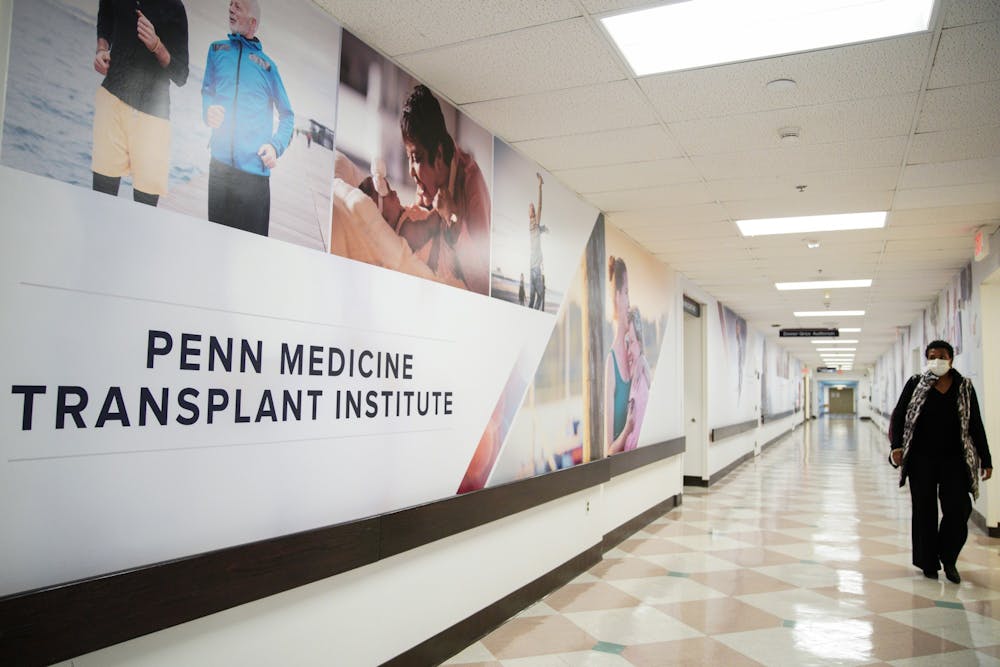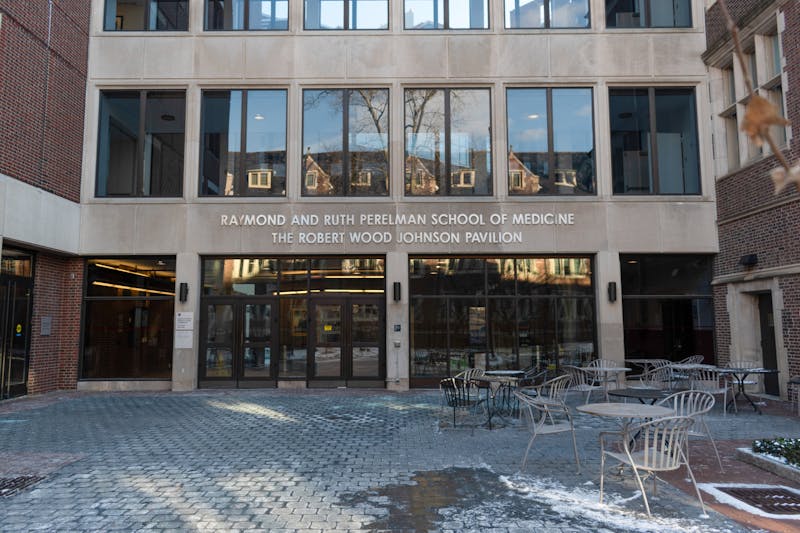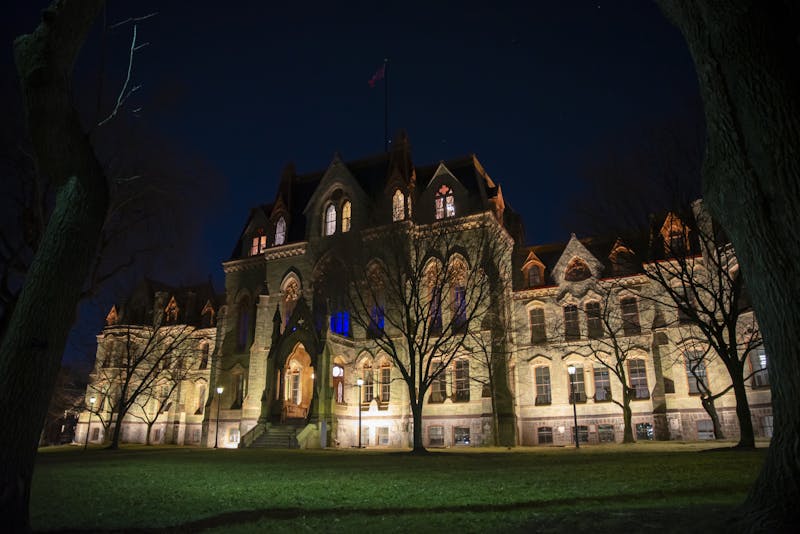
Penn Medicine recently opened a new Center for Living Donation, creating increased collaboration between Penn’s kidney, liver, and uterus transplant services.
The Center for Living Donation, which opened in December, combines the former Kidney Living Donor Program, Liver Living Donor Program, and the Uterus Transplant Program. The Center was formed as an effort to raise awareness for living organ donation, shorten the waiting times for kidney and liver transplants, and make the process of donating organs easier.
Medical Director of the Liver Living Donor Program Therese Bittermann said that the inter-departmental cooperation has made everyone involved more efficient.
“Our programs have become more aligned as we’ve been creating this center, so we’ve realized there are things we can be learning from each other,” Bittermann said. “We always joke that living liver donation is about 10-15 years behind living kidney donation, so we always sort of follow in their footsteps, but it has allowed us to align our policies.”
Medical Director of the Living Kidney Donor Program Amanda Leonberg-Yoo emphasized the importance of the Center for Living Donation in recognizing different needs of treatment.
“It establishes that individuals interested in living organ donation are unique from a general population,” Leonberg-Yoo said. “These are people who have no real need to come forward and seek medical attention, so we recognize that care needs to be delivered differently to create a convenient and easy process for the individual.”
Living organ donations allow patients to receive transplants and related benefits faster, according to Penn Medicine. Organs from living donors enter into effect and help patients feel better immediately. These living donations also allow patients to plan ahead, as the date for surgery is pre-scheduled, which can limit the need for dialysis or other short-term treatments.
Organ donations from living donors also last longer than those from deceased donors. Living kidney donations tend to last 15 to 20 years, while deceased kidney donations last an average of 10 to 15 years, according to Leonberg-Yoo.
Living Kidney Donor Program Coordinator Ashley Aloba suggested that living donor transplants are growing in popularity.
“When I first started [at Penn], I remember asking my preceptor ‘Is this a secret? Is there a reason why people don't know about living donations?’ And now, I feel like all eyes are on living donors in the world of transplant,” Aloba said.
Leonberg-Yoo said Penn was “very supportive” of the center’s new initiatives, citing how living organ donation can benefit patients.
By joining forces in the Center for Living Donation, the kidney and liver programs have been able to receive additional resources. This includes funding for medical assistant staff, an intake coordinator, and a patient navigator.
Bittermann said that the largest issue with living donor transplantation is the lack of awareness of it as an option. Leonberg-Yoo agreed with Bittermann’s sentiment.
Leonberg-Yoo added that, going forward, she is hoping treat more living donors than deceased donors, a reverse of the status quo.
“There are over 90,000 individuals who are waiting for a kidney transplant in the United States,” Leonberg-Yoo said. “And if you think about the population of the United States, you need less than 1% of individuals to donate a kidney to completely obliterate this waitlist.”
Leonberg-Yoo also suggested that the Center for Living Donation can become more embedded in the University City community in the future through outreach initiatives led by the dialysis unit and working with community leaders to increase awareness.
Aloba hopes that the Center for Living Donation can conduct 200 living donor transplants per year within the next five years, a rise from the 101 living donor transplants conducted in 2022 and the 89 living donor transplants conducted in 2021.
“My pitch to the Penn community would be to ask about living donations,” said Aloba. “All it takes is one conversation to spark people’s interest, and if more people know that living people can donate then they would seek out what it means to be a living donor.”
The Daily Pennsylvanian is an independent, student-run newspaper. Please consider making a donation to support the coverage that shapes the University. Your generosity ensures a future of strong journalism at Penn.
Donate






